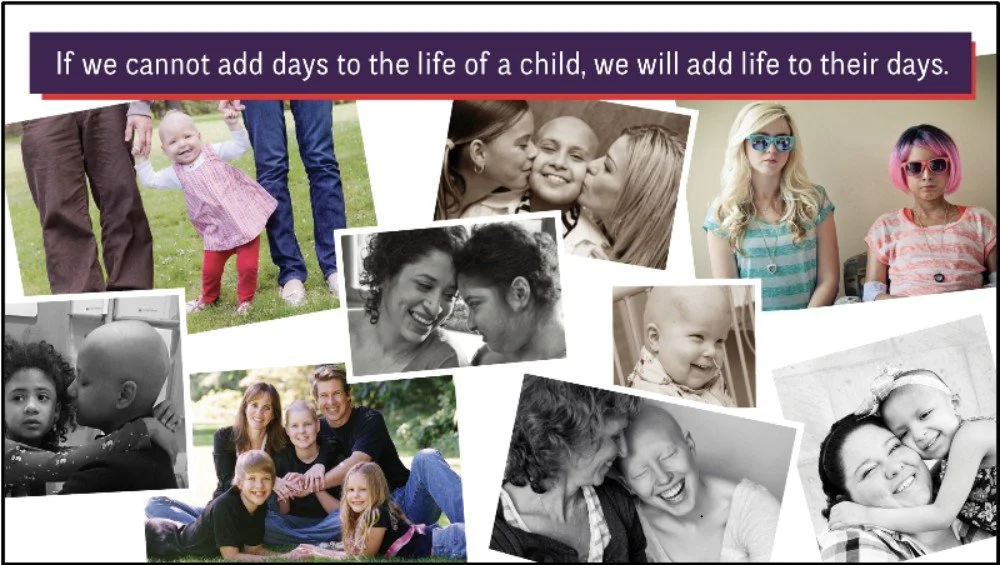
How Ladybug House Got Its Name
By Suzanne Gwynn, Founder
Sometimes, a name chooses you.
It was a quiet winter night. I was working a 12-hour shift at Seattle Children's Hospital on the Cancer Care Unit.
That evening, I was assigned to a young man I hadn't cared for before, though he'd been on the unit previously.
The focus that night was symptom management and comfort.
His mother and I did everything we could to help—repositioning, adjusting equipment, holding space.
Through it all, he never complained. He was calm, patient, and kind.
When I left that morning, I had a sinking feeling.
And when I returned that night, he had continued to decline.
— 🐞 The Night the Ladybug Came
The hospital was quiet. Snow was falling.
As my coworkers and I prepared his body, a strange buzzing sound filled the room.
At first, we thought it was a fly—unusual for winter, especially indoors.
But it wasn't.
It was a ladybug.
It circled above him, then gently landed on his chest.
We all paused. No one spoke. We just stood there, watching.
It felt like something we weren't meant to explain—just witness.
Later that night, I walked into Francisco's room. His condition had also worsened, and I needed to prepare him for emergency surgery.
After the chaos, as we cleaned his room, I turned over a magazine that had fallen to the floor.
Across the cover was one word: LADYBUG.
Hunter and Francisco were friends.
They came from different parts of the world—different cultures, different languages, different lives.
But they shared something deeper than background.
They both lived with uncertainty.
They both chose to lead with kindness.
Their friendship was steady, quiet, and real.
— 🤝 A Friendship That Spoke Volumes
In the years that followed, I started noticing ladybugs in unexpected places—
especially in rooms where children had died.
But it wasn't until I visited Hunter's mother that everything came full circle.
As I shared the early idea of creating a home for families like hers—
not a hospital, but a place of rest and support—
I noticed her house was filled with ladybug-themed items: figurines, pillows, artwork.
— 🐞 The Signs Continued
She smiled.
After Hunter passed, she told me, his room filled with live ladybugs.
No one could explain it.
But we both understood.
Ladybug House isn't just a name.
It's a promise.
It reminds me that presence matters.
That moments of stillness carry meaning.
That friendship, compassion, and comfort can cross all boundaries.
That love shows up in the quietest, most unexpected ways.
The name Ladybug House came from that night
in a quiet hospital room, while snow fell outside.
With two friends I'll never forget.
And a single ladybug.


